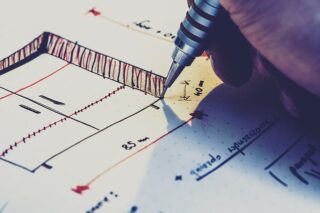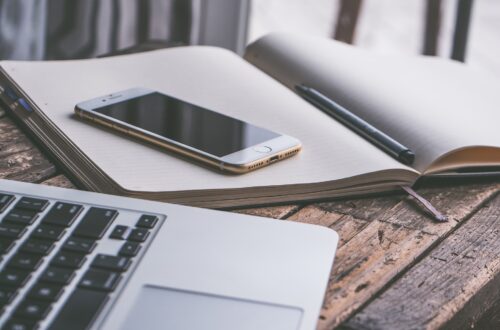
UbD Design
As I crafted my UbD, I kept thinking about the Fink 3-column table I made in my last assignment. The goal of both of these lesson planning strategies is to have the teacher make decisions that will allow the students to connect the dots instead of collecting the dots. While both start with the end goal in mind, UbD is different as it looks for short term goals, whereas Fink’s design has a teacher looking for a much longer term goal.
My BHAG was “to inspire/empower learners school-wide/grade-wide to become self-directed and confident problem solvers to solve real-world challenges” (Faries, 2023). While I feel that this is a useful goal, it is admittedly a very broad goal. However, when I break it down into a 3 column table, I feel that this goal is easily lost in the planning process. As such, Fink’s model did not allow me to reflect on the BHAG as I went through the conceptual framework of the 3 column table. In contrast to Fink’s far looking design, my goal for my UbD was focused on my current unit which includes:
- Earth is a very unique planet that has many factors that contribute to life.
- Based on our current technology, humans are unable to create the factors for life on other planets or visit possible planets outside of our solar system.
- Students should understand their learning styles and self assess their work.
Unknowingly, I still tied these three goals into the BHAG. I am not sure if this is due to the fact that the BHAG is so broad that it allows for many educational concepts to fit into it or if the UbD’s model lends itself more naturally to that purpose. Overall, I do think that UbD is a more useful tool as it helps narrow our focus to something that is realistic to obtain in the near future. However, as useful and necessary as creating a unit goal may be, a teacher should look to the overarching goal of the year to ensure they stay on track. As such, I would use Fink’s strategies when I start my year and begin the calendering process. However, as I created each unit, I feel that the UbD is a more beneficial way to stay focused and organized within any given unit. As I wrote my lesson plan using the UbD, I constantly considered my three main goals. Ensuring that the students worked towards understanding the requirements for life, the factors that cannot be manipulated with technology, and the students learning styles to ensure maximum learning.
Through each course at Lamar, I have grown as an educator. Even though I was familiar with the UbD strategy, I did not fully employ this strategy when designing my course work. Using the template provided by Dr. Grogan, I was finally able to parse down the information provided into a workable lesson. A few years ago when I was introduced to UbD, I tried to implement this program. My understanding was based solely on a Powerpoint from a professional development I attended at the end of a school year. However, I was unable to use the concept at all. The direction I was given was merely an overview of UbD. I did not know how to incorporate the design strategy nor was I directed to templates to help me develop this plan. It seemed like an interesting concept that I quickly shelved. I now know that I will use this method as a way to design all of my units.
While I have harped on it compared to UbD, I did find that the Fink 3-column table was a useful strategy as well. I feel that using this method to start the planning process would be a great way to organize my thoughts. I believe that a lot of teachers unknowingly use aspects of the Fink method so I found it easy to create a lesson using the plan. Personally, the conceptual framework of Fink’s strategy would be a great starting point to help me create a more detailed UbD strategy. This may seem like a lot of work to use both and I may feel that many of my units may not require me to delve that deep. However, after creating my terrestrial unit using both methods, I realized that I now have a solid framework that I would have never come up with if I relied on only one. I have taught this course for seven years, but now I have intentionally thought through the whole process looking at each concept from a conceptual framework and then a detailed framework. I now know that I have clear objectives, have worked through the issues/pitfalls of learning this material, and am ready to guide my students on a learning path that connects their learning to the real world. That is the key aspect I have been missing all these years: how to connect their learning to their daily life.
References:
Dweck, C. S. (2008). Mindset: The New Psychology of Success. Ballantine Books.
Faries, D. (2023, February 13). Aligning outcomes, assessment and activities – blended learning. Blended Learning. Retrieved February 26, 2023, from https://davinafaries.com/2023/02/aligning-outcomes-assessment-and-activities/
Grogan, K. (2020, November 4). Understanding by design | UBD template | updated 2020. Google Docs. Retrieved February 26, 2023, from a shared google drive
McTighe, J., & Wiggins, G. P. (2004). Understanding by design: Professional development workbook. Association for Supervision and Curriculum Development.
Seth Godin. (2021). Connecting dots (or collecting dots). YouTube. Retrieved February 26, 2023, from https://youtu.be/_7o3Jh1KZLw.





